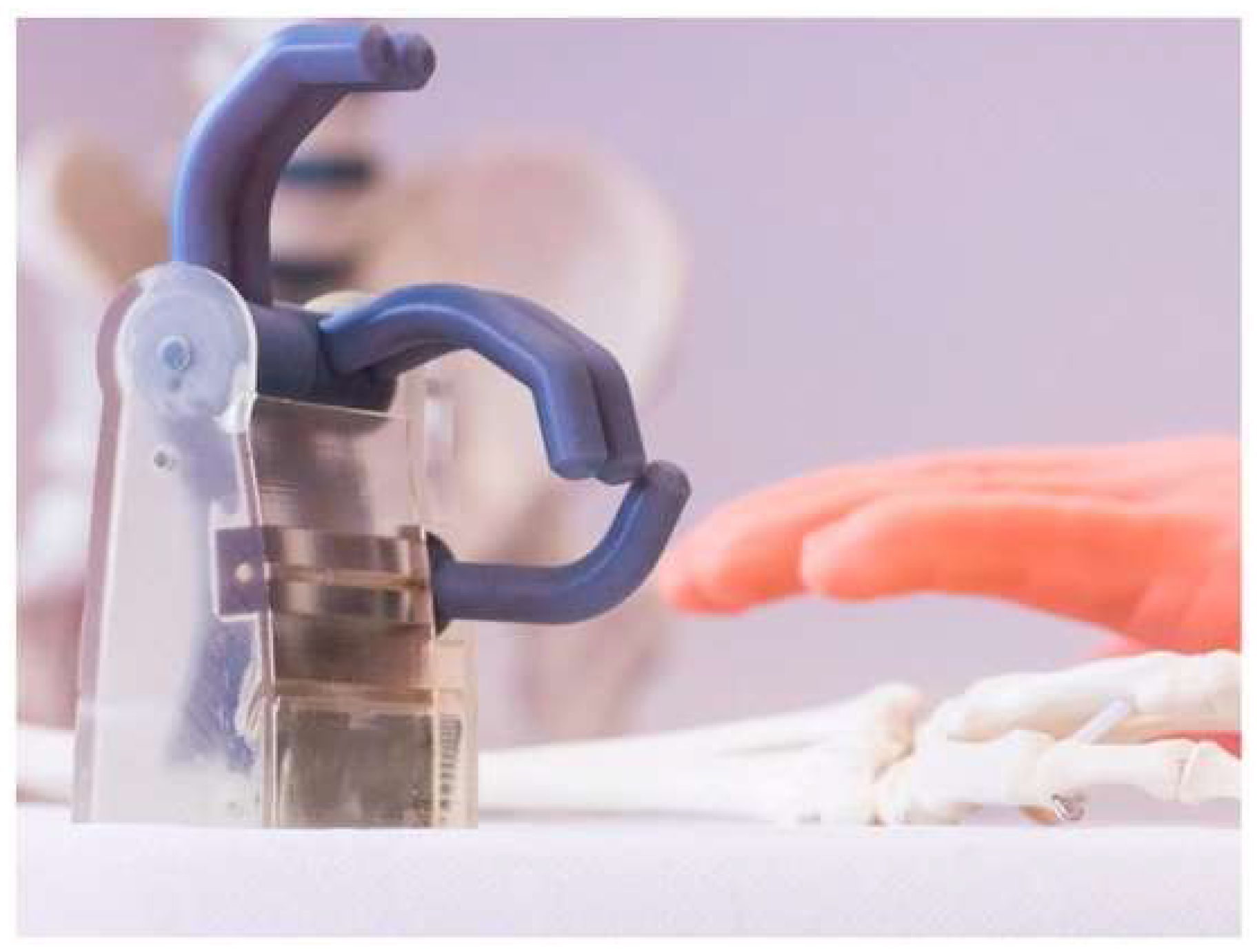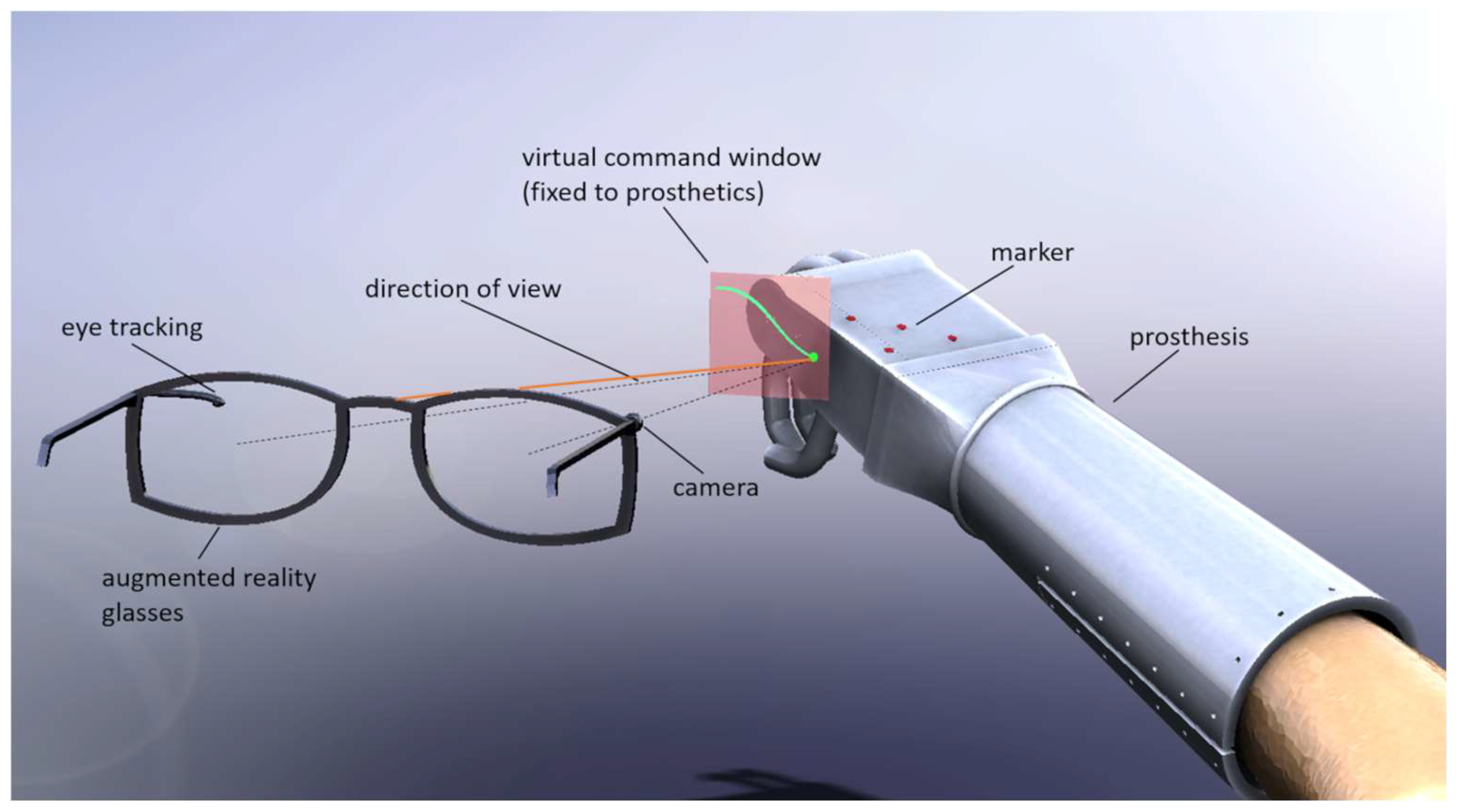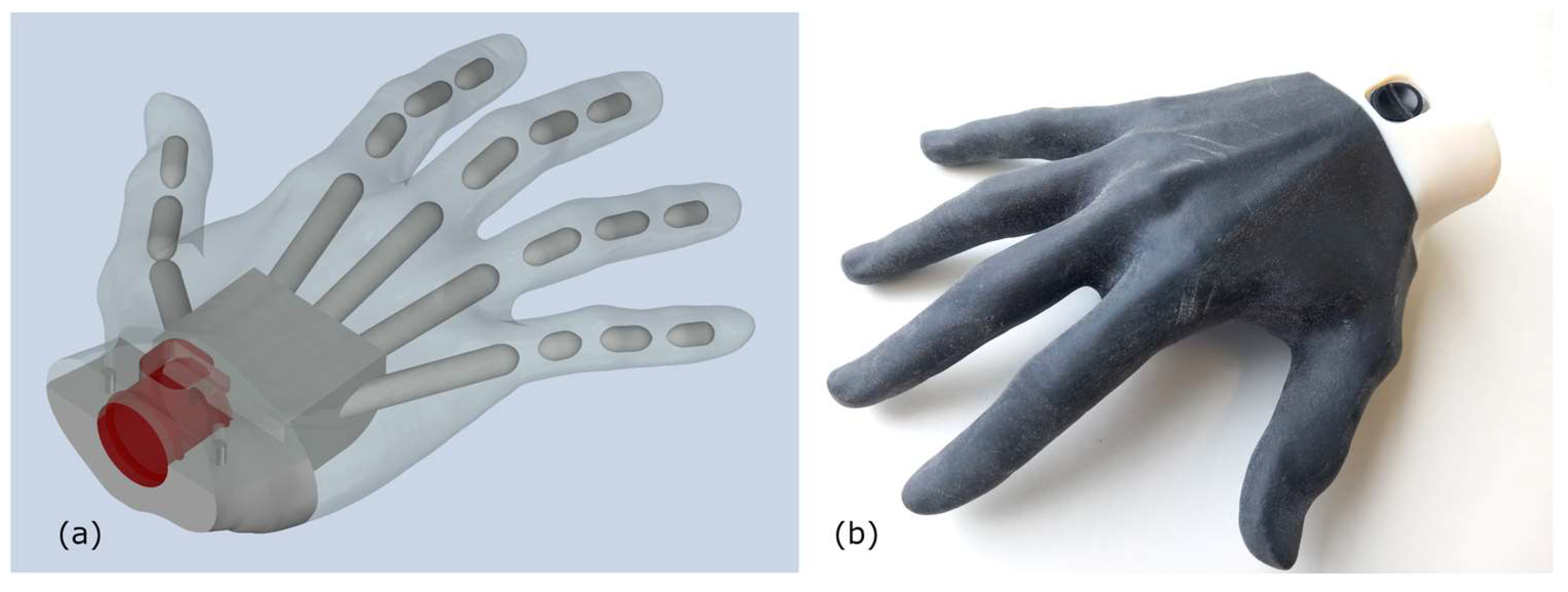Reconstructing the First “Iron Hand” of Knight Götz von Berlichingen and Its Derived Modern Developments: Back to the Future
“Ad fontes!”Francesco Petrarca (1301–1374)
Author Contributions
Funding
Conflicts of Interest
References
- Otte, A. 3D Computer-Aided Design Reconstructions and 3D Multi-Material Polymer Replica Printings of the First “Iron Hand” of Franconian Knight Gottfried (Götz) von Berlichingen (1480–1562): An overview. Prosthesis 2020, 2, 304–312. [Google Scholar] [CrossRef]
- Borton, D.; Micera, S.; del Millán, J.R.; Courtine, G. Personalized Neuroprosthetics. Sci. Transl. Med. 2013, 5, 210rv2. [Google Scholar] [CrossRef] [PubMed]
- Otte, A. Smart Neuroprosthetics Becoming Smarter, but Not for Everyone? EClinicalMedicine 2018, 2–3, 11–12. [Google Scholar] [CrossRef] [PubMed]
- Hazubski, S.; Hoppe, H.; Otte, A. Non-contact visual control of personalized hand prostheses/exoskeletons by tracking using augmented reality glasses. 3D Print. Med. 2020, 6, 6. [Google Scholar] [CrossRef] [PubMed]
- Hazubski, S.; Hoppe, H.; Otte, A. Electrode-Free Visual Prosthesis/Exoskeleton Control Using Augmented Reality Glasses in a First Proof-of-technical-concept Study. Sci. Rep. 2020, 10, 16279. [Google Scholar] [CrossRef] [PubMed]
- Baron, J.; Hazubski, S.; Otte, A. 3D Multi-Material Printing of an Anthropomorphic, Personalized Replacement Hand for Use in Neuroprosthetics Using 3D Scanning and Computer-Aided Design: First Proof-of-Technical-Concept Study. Prosthesis 2020, 2, 362–370. [Google Scholar] [CrossRef]
- Hazubski, S.; Bamerni, D.; Otte, A. Conceptualization of a Sensory Feedback System in an Anthropomorphic Replacement Hand. Prosthesis 2021, 3, 415–427. [Google Scholar] [CrossRef]



Disclaimer/Publisher’s Note: The statements, opinions and data contained in all publications are solely those of the individual author(s) and contributor(s) and not of MDPI and/or the editor(s). MDPI and/or the editor(s) disclaim responsibility for any injury to people or property resulting from any ideas, methods, instructions or products referred to in the content. |
© 2024 by the authors. Licensee MDPI, Basel, Switzerland. This article is an open access article distributed under the terms and conditions of the Creative Commons Attribution (CC BY) license (https://creativecommons.org/licenses/by/4.0/).
Share and Cite
Otte, A.; Hazubski, S. Reconstructing the First “Iron Hand” of Knight Götz von Berlichingen and Its Derived Modern Developments: Back to the Future. Prosthesis 2024, 6, 274-276. https://doi.org/10.3390/prosthesis6020021
Otte A, Hazubski S. Reconstructing the First “Iron Hand” of Knight Götz von Berlichingen and Its Derived Modern Developments: Back to the Future. Prosthesis. 2024; 6(2):274-276. https://doi.org/10.3390/prosthesis6020021
Chicago/Turabian StyleOtte, Andreas, and Simon Hazubski. 2024. "Reconstructing the First “Iron Hand” of Knight Götz von Berlichingen and Its Derived Modern Developments: Back to the Future" Prosthesis 6, no. 2: 274-276. https://doi.org/10.3390/prosthesis6020021
APA StyleOtte, A., & Hazubski, S. (2024). Reconstructing the First “Iron Hand” of Knight Götz von Berlichingen and Its Derived Modern Developments: Back to the Future. Prosthesis, 6(2), 274-276. https://doi.org/10.3390/prosthesis6020021





